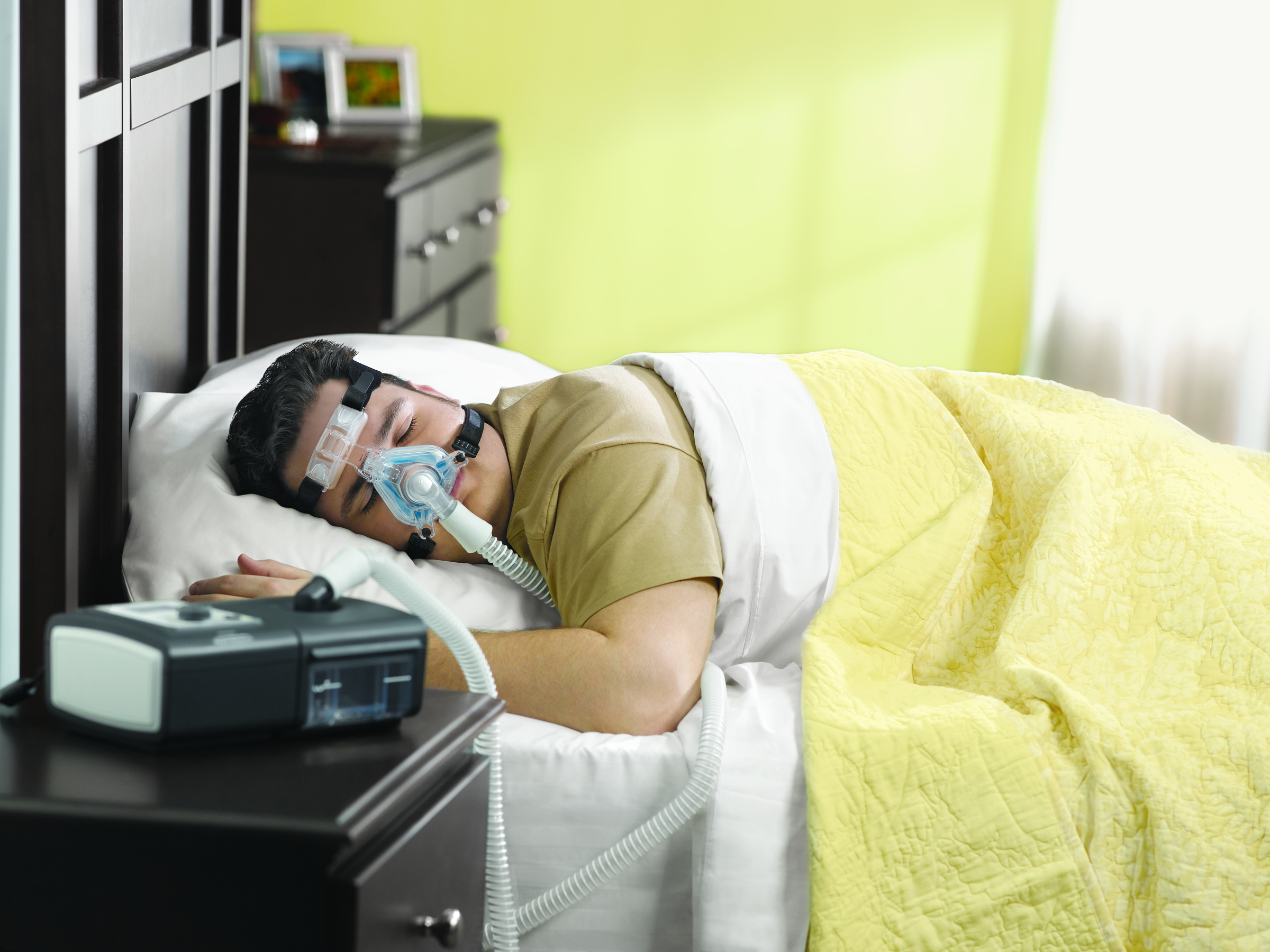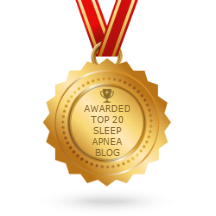
Sleep Study – Home Test or at the Doctor?
An overnight sleep study at a sleep disorders center has always been the standard diagnostic test for detecting obstructive sleep apnea (OSA) in children and adults. But recent advances have made home sleep testing another option for people who are at risk for OSA.
To help you make the best decision for you, here are the differences between an overnight sleep study and a home sleep test: Setting an overnight sleep study requires you to spend the night at a sleep disorders center. You stay in a comfortable, private room. But you might have a hard time sleeping in a strange environment. A home sleep test uses a portable-monitoring system that is small enough for you to use at home. The system consists of a small recording device, sensors, belts and related cables and accessories. You apply the sensors to your body and turn on the recording device before going to sleep. The sleep recorder gathers important data as you sleep in your own bed.
What Will An Overnight Sleep Test Tell Me?
An overnight sleep study detects many other sleep disorders in addition to OSA. These include entral sleep apnea, restless leg syndrome and other disorders. Overnight sleep studies are effective even if you have multiple medical problems or sleep disorders.
A standard home sleep test only detects OSA. It does not detect other sleep disorders. Having another medical problem or sleep disorder may affect the results of a home sleep test.
Can Children or the Elderly Take a Home Sleep Apnea Test?
Overnight sleep studies can be performed at any age. This includes infants, children, teens and older adults. Home sleep tests may be inadequate for older adults who are likely to have other medical problems or sleep disorders that affect sleep. Standard home sleep tests do not record the additional signals that are needed to isolate these other problems. Home sleep tests are not recommended for children.
What Information is Recorded During a Home Sleep Test?
An overnight sleep study gathers signals of all the vital signs that are related to your sleep. Each of these signals is recorded on its own “channel.” For example, electrodes are placed in three positions on your head. They record the activity of three different regions of your brain. The signals from these three electrodes are recorded on three separate channels. Sleep disorders centers that are accredited by the American Academy of Sleep Medicine must record at least 12 channels of information. An overnight sleep study also measures all aspects of your sleep. This is known as your “sleep architecture.” Included is you total sleep time, sleep efficiency, sleep stages and how long it takes you to fall asleep.
A typical home sleep test records only those signals that are needed to detect OSA. Examples include airflow and breathing effort. Each of these signals also is recorded on a separate channel. Most home sleep tests record four to seven channels of information. A standard home sleep test does not measure total sleep time or other aspects of your sleep architecture. Instead it notes the total recording time of your sleep test.
These lists show the information recorded by a standard overnight sleep study and a typical home sleep test:
- Overnight Sleep Study
- Airflow
- Breathing effort
- Blood oxygen
- Heart activity (EKG)
- Brain waves (EEG)
- Eye movements (EOG)
- Chin movements (EMG)
- Leg movements (EMG)
- Snoring (Microphone)
- Unusual behavior (video)
- Body position
- Sleep architecture
Overnight Sleep Study Supervision
An overnight sleep study is “attended” by a trained sleep technologist. He or she monitors your equipment during the night. A home sleep test is “unattended.” It is performed at home without the supervision of a health-care professional.
How Accurate is an Overnight Sleep Test
Overnight sleep studies have been proven to be accurate with a low failure rate. A sleep technologist ensures that the equipment functions properly and records quality signals. He or she is able to correct any problems that may arise during the study.
A home sleep test can be as accurate as an overnight sleep study at detecting OSA. It is most effective for adults who have a high risk of OSA. Results are less accurate for people who have other medical problems or sleep disorders that affect sleep. Data loss also is a risk with home sleep tests. This can occur if the equipment malfunctions or is set up improperly. In both cases you may be unaware of the problem or unable to correct it. This can cause the results of the home sleep test to be inaccurate.
Where Can I Get a Home Sleep Apnea Test?
Go to CPAPAmerica.com to order your testing supplies. Whether you choose to test at home or away, the most important thing is to get tested and start treatment sooner rather than later. That way, you will start enjoying the benefits of a good night’s sleep.

